A crash course in caviar, including a UAE variety
Caviar conjures up images of Russia, as the luxury ingredient of choice for tsars and Russian nobility. Or perhaps even Iran. But believe it or not, the UAE also produces caviar, for the last two years in fact, in Abu Dhabi, at the world’s largest aquaculture caviar farm, Emirates AquaTech that I recently visited. And even more surprisingly, they just received their first Russian order. More on our home-grown caviar later. First, let’s take a closer look at all things caviar, with this mini FooDiva guide.
What is caviar?
- Caviar are the eggs (roes) from the sturgeon fish that have been salted and allowed to mature.
- The word itself is believed to have originated from the Italian ‘caviale’ and the Turkish ‘kawyar’.
- Sturgeon lives in the sea, but returns in winter to estuaries primarily throughout temperate regions of Asia to lay its eggs. The Caspian sea provides 98% of the world’s caviar.
- The most prized is the Caspian beluga – other sturgeon species are starlet, ossetra and sevruga.
- Caviar eggs make up 10% of the female’s body weight. After they have been removed, they are washed, drained, put into brine, drained again, and packed into tins.
- The size of the roe determines the quality of the caviar. The pleasure with big caviar roes is the higher intensity that spreads on the palate with every bite.
Where did caviar originate?
- The first mention of caviar appears in 1532 in writer Francois Rabelais’ Pantagruel, where he describes it as the ‘choice hors d’oeuvre’.
- It wasn’t until much later, in the mid-18th century, when Louis XVI’s minister Jean Baptiste Colbert placed his caviar headquarters on the Gironde using sturgeons passing through the estuary.
- Russian caviar though was introduced to France in 1920s following the exile of Russian princes.
- Shortly after, Charles Ritz formally launched caviar by adding it to his Paris hotel menu.
Storing, serving and eating etiquette
- Caviar should be refrigerated between -2C and +4C.
- If the caviar, like Yasa’s, only contains salt as a preservative, the fridge life is three months – longer if it contains the additive borax prevalent elsewhere.
- Caviar should be served cold, but not frozen – on crushed ice.
- Remove from the fridge an hour before serving.
- Never ever squeeze lemon on caviar as it negatively affects the taste.
- The correct way to eat caviar is by placing a generous dollop on the side of your hand, and straight into your mouth. If the caviar is good quality, the roes will just melt away.
- Alternatively you can spread caviar on buttered bread or blinis, and top with sour cream.
Alcohol pairing
- Recommendations by Lindsay Trivers, the leading sommelier behind The Tasting Class:
- Champagne and vodka are the two classic caviar pairings.
- Champagne’s bubbles make a great texture pairing with the bursting beads of caviar, and they both have matching characteristics in their creaminess and subtle minerality. While Champagne is generally loaded with flavour, it’s still subtle enough to not overpower the delicate flavours of caviar. Two particular styles of Champagne to try with caviar are blanc de blancs and zero dosage (aka brut natural). Blanc de blancs is made entirely from the white grape Chardonnay, which is considered the most prestigious of the three grapes legally permitted in Champagne; and it tends to be the least fruity, most mineral rich of the grapes which better compliments the flavour of caviar. Zero dosage means that the dash of sweetness added to most Champagnes has been left out, and this lack of sugar ensures that the mild flavours of caviar are not overlooked.
- Vodka is the other great caviar pairing, and the most traditional, as some of the best caviars and vodkas have Russian origins. Many vodkas are celebrated for their very pure, clean aroma and taste profiles; which allows the briny characters of caviar to come through naturally. When served ice cold these traits are only enhanced. Vodka also has a slightly viscos texture, giving a creamy sensation on the palate that works well with the grainy consistency of the caviar beads.
More on Yasa caviar
Back to our locally developed caviar that goes by the brand name of Yasa. The indoor farm in Abu Dhabi’s Mussafah district is over 56,000sq.m large, producing 35 tonnes of caviar a year (versus Russia’s 1,800 and Iran’s 180 tonnes) from Siberian ossetra sturgeon imported from Germany and fertilised here. In addition, 400 to 500 tonnes of sturgeon meat a year are also produced making cold and hot smoked sturgeon, left and right below respectively (the latter is wonderful; the former chewy). Yasa is also looking to widen its reach by importing sturgeon from Russia and Poland soon.
For those ethical sceptics, the production of caviar here is environmentally friendly. Over 90% of the farm’s water is purified, and also used as a plant fertiliser. By-products such as the skin, head, back bone, and tail are used as raw materials for various products across different industries. With a 290,000-strong fish stock, Yasa is helping re-establish depleted sturgeon populations, and will soon farm its own Abu Dhabi sturgeon.
Here you’ll find Siberian ossetra sturgeon caviar, which is smaller than the prized beluga. The grains however are more even, with a dark brown colour, and quite oily. It takes three years from the arrival of the sturgeon to the finished, tinned caviar product.
The farm here is one of the few in the world that uses scanning technology to decide what size eggs should be harvested – therefore able to produce four categories of quality ossetra caviar (roe size ranges from 2.3 – 2.9mm), where only salt is added as a preservative (unlike counterparts internationally who add the additive borax). From the tasting I attended at the Park Hyatt, the roe was silky smooth, and melted in my mouth – and you could definitely distinguish the four different categories by the level of crunch in the grain.
Where to find Yasa caviar in the UAE
- Atlantis Palm
- Q’bara at Wafi Fort
- Park Hyatt Abu Dhabi (Park Grill & Bar)
- Emirates Palace
- Hilton Abu Dhabi
- Hyatt Capital Gate
- St Regis Abu Dhabi
- Intercontinental Abu Dhabi (Fish Market)
- The Market in Mushriff Mall, Abu Dhabi
- Duty Free, Abu Dhabi airport, Terminal 3
- Directly from Yasa Caviar who delivers across the UAE. They confirmed no minimum order. Prices start at AED388 for a 50g tin. Good things come in small packages…and at a price 😉
Are you a fan of caviar? Have I tempted you to seek it out, albeit for a special occasion?
A bientôt.
FooDiva. x
The caviar farm visit and tasting was organised by Park Hyatt Abu Dhabi as part of their ‘Masters of Food & Wine’ events around the world.
A crash course in caviar, including a UAE variety @yasacaviar – a #FooDiva food feature https://t.co/79YdIQf6dd #inabudhabi #caviar
— FooDiva (@FooDivaWorld) March 15, 2016

























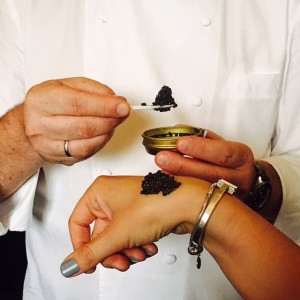
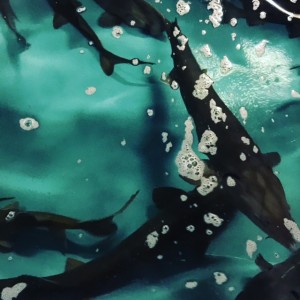

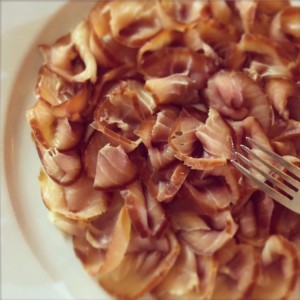
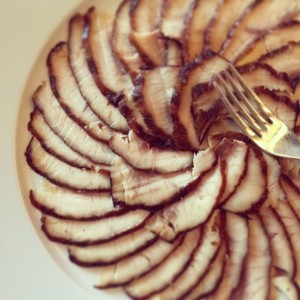
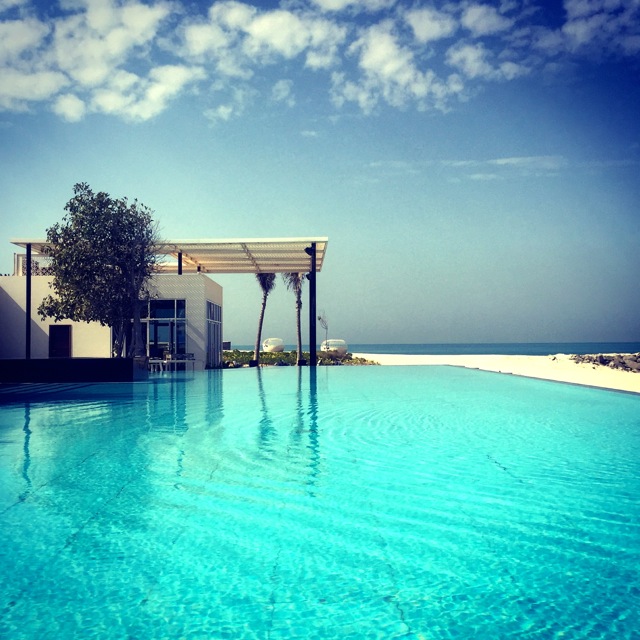
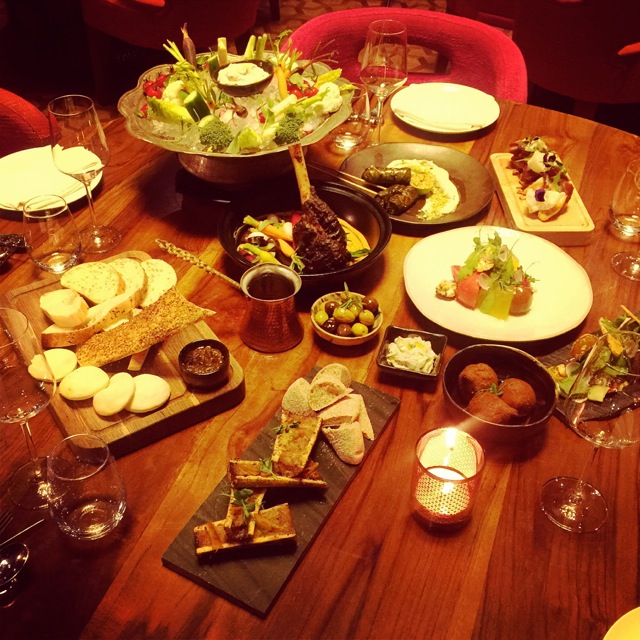
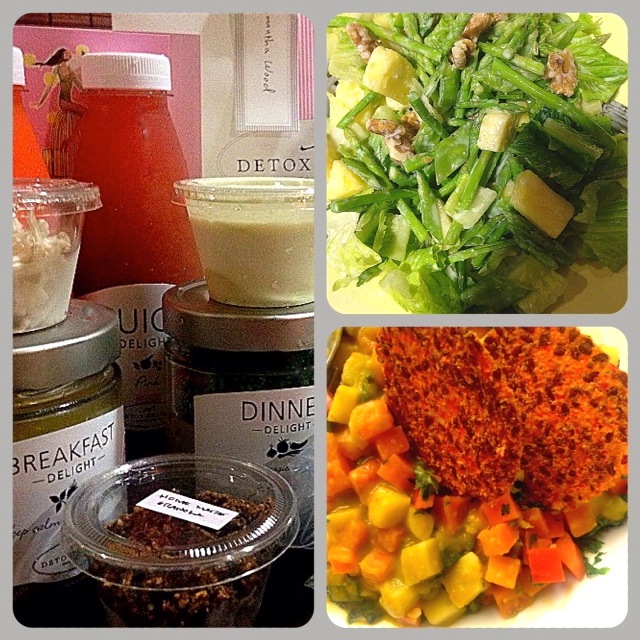
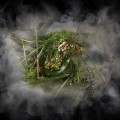


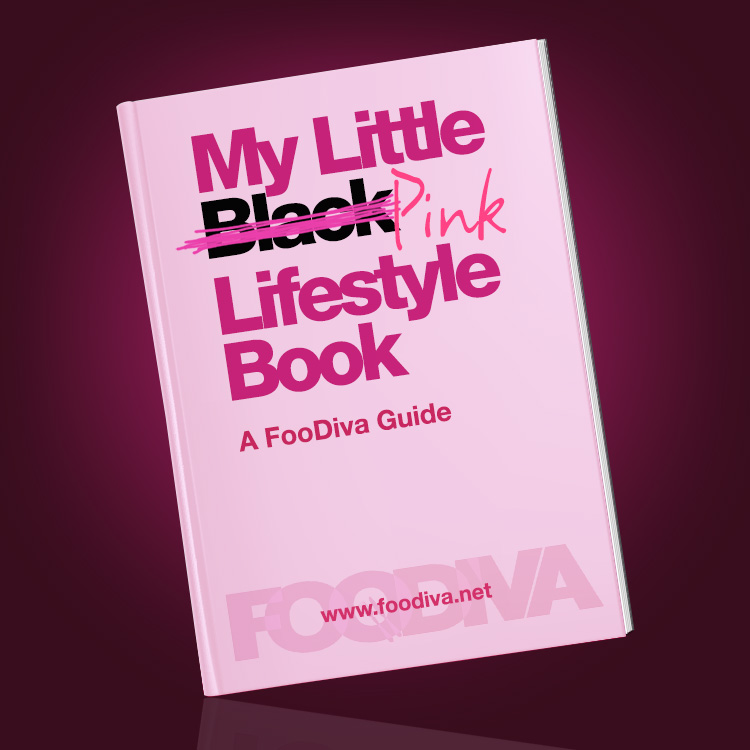






No comments yet